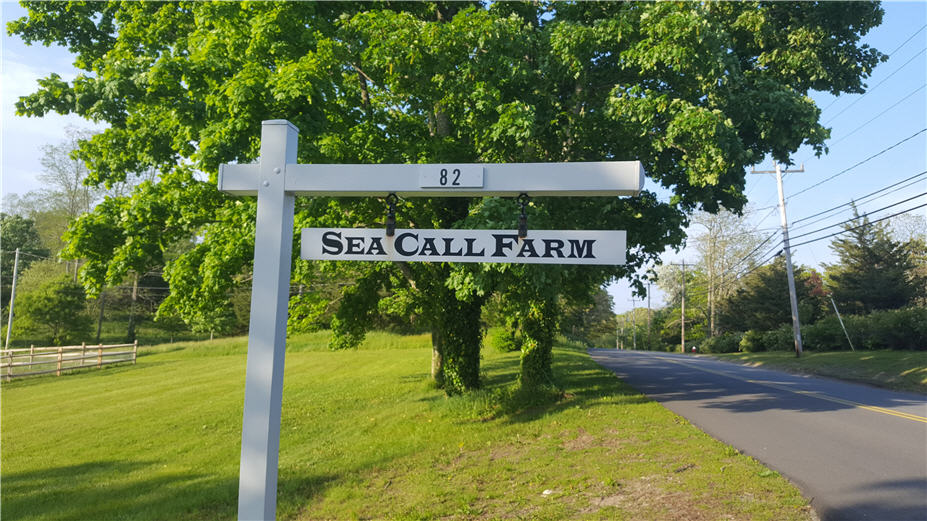
by Kristyna Smith | Apr 3, 2023 | Miscellaneous
There’s news from Kristyna Smith that a third bin has been added for garden waste at Sea Call Farm. It’s the one furthest from the driveway.
The current bin set up is as follows:
- The first bin closest to the driveway is for leaf litter
- The middle bin is for compost, and
- The bin furthest from the driveway is for garden waste.
Happy Gardening!
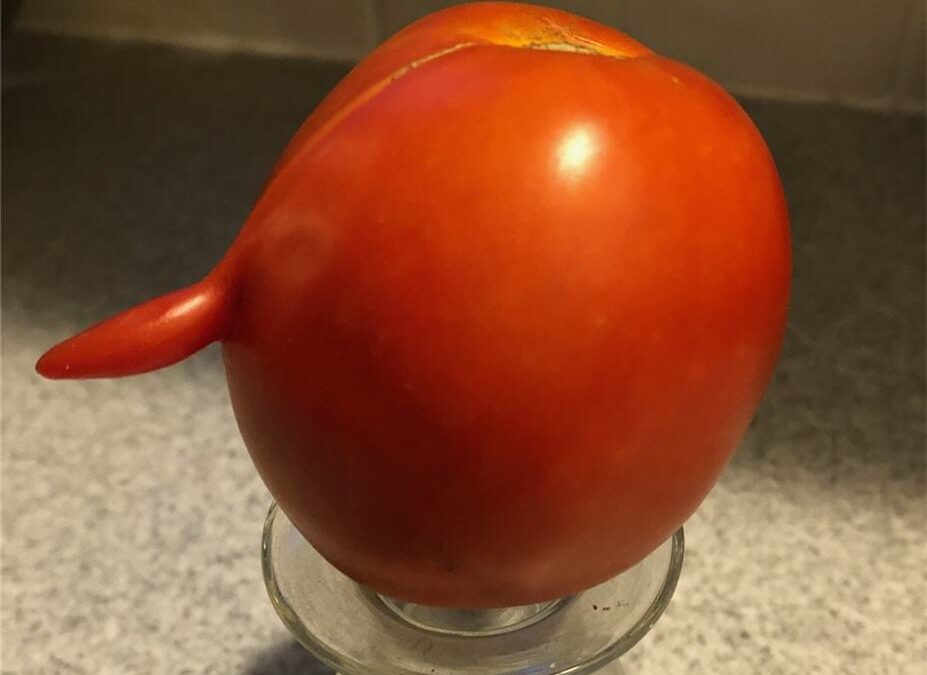
by Bill Cummins | Sep 2, 2022 | Miscellaneous
A one-of-a-kind tomato appeared in our garden this September. It looks a little like Felonius Gru from the movie ‘Despicable Me’ !



by Bill Cummins | Feb 1, 2022 | Miscellaneous
Fellow gardener, Bev White, forwarded me a lovely ink and watercolor painting of the Sea Call Farm garden courtesy of Peg Flood who lives near Sea Call and drives by the gardens daily.
Per Peg: “I created the ink and watercolor painting because I enjoy the view, and the neat and tidy community gardens.”
Peg is a member of the Eastham Painters Guild and displays and sells her prints at the Hidden Gem shop in Orleans. She’ll have a solo art exhibit at the Brewster Library in February entitled ‘My Favorite Places’.
You can check out some her other pieces on Instagram @PegatCape.
Thanks Peg!
Image credit: “Sea Call Farm watercolor by Peg Flood”

by Bill Cummins | Jul 15, 2021 | Miscellaneous, News
A message from Rick Francolini and Ginia Pati.
Hello Sea Call Growers,
Thanks to the very generous support of Judy Scanlon from Lake Farm Gardens, Sea Call has been gifted hundreds of mature vegetable plants, ready for planting, This donation has been provided to support Sea Call’s “Growing for Giving” initiative which provides fresh produce to a non-profit group that prepares healthy meals to local community members in need. Our non-profit partner is “LOCAL” – which is the Lower Cape ecumenical food program – and meals are prepared and distributed from St. Joan of Arc church.”
This effort is being led by Ginia Pati and the group of growers who contribute to her efforts at plot #22.
There is a wide assortment of tomatoes, eggplants and peppers available to all Sea Call gardeners who agree to plant them and then donate the produce harvested. Please mark any vegetables you plant by tying a piece of green ribbon (which is provided by the plants) to the stem of the plants you adopt. Most importantly, if you plan to participate, the time to plant is now. Please plan to do so by this weekend to maximize the success of this effort.
The plants are available now and are located adjacent to the fences which face Tonset Road and the driveway. Thanks in advance to all who participate. Feel free to contact me or Ginia (giniapati@gmail.com) with any questions.
Anne and I just planted 5 eggplant plants. They’re beautiful! Will be fun to watch them grow and then donate the produce.
NOTE THAT THERE ARE DONATED PLANTS AT BOTH THE ROADSIDE AND DRIVEWAY-SIDE GARDEN ENTRANCES!
Thanks to all involved!

by Anne Cummins | Jun 13, 2021 | Miscellaneous, News
Gardens are really shaping up and looking good at Sea Call Farm. The cover crops have been trimmed and are now being utilized as mulch, row dividers and water retention material for individual plots. From a beautiful sea of crimson clover, sweet peas and oats that covered Sea Call Farm over the winter and spring, you’ll now see 10’ x 20’ and 20’ x 20’ plots that feature a wide array of wonderful veggies and flowers, some just starting to grow and many well underway. Gardeners have been busy at work sowing seeds and planting seedlings and starter plants, weeding and watering, and helping others.
It’s interesting to note the various approaches that Sea Call gardeners have taken with their plots – double digging, raised beds and mounds, fabric or plastic cover to reduce weeds, mulch from the cut cover crops or from chopped leaves or salt hay, various frames and supports for tomatoes and vines, etc. Local birds, butterflies, bees and dragonflies are loving the garden, and bird chirps and calls are a wonderful background feature from dawn to dusk at Sea Call.
Popular crops include tomatoes (of course), peppers both sweet and hot, green beans, peas, eggplant, a multitude of greens including kale, chard, many lettuce varieties, spinach and arugula, onions and shallots, Brussels sprouts, beets, radishes, and others too numerous to list. It’s fun to see fellow gardeners carry in their seeds and seedlings, to observe the various strategies of planning and planting, to share in nurturing and watering the crops, to compare notes and stories about gardening successes and failures, and eventually to cheer on the harvesting of plentiful produce. It’s a long and labor-intensive process, but a wonderfully worthwhile endeavor to garden at Sea Call Farm.
Once produce is ready for harvest, gardeners are welcomed and encouraged to donate excess produce via the on-site veggie collection for food bank distribution. Truly a community garden! Details to follow regarding the food bank!

by Anne Cummins | Jun 1, 2021 | Events, Miscellaneous
June 6 through 12 is “National Garden Week” sponsored by National Garden Clubs.
National Garden Clubs is an organization that sponsors youth programs and contests such as a high school distinguished service award, essay and poetry contests, grants such as the Youth Pollinator Gardens Grant and the Wildflower Education Grant, and college scholarships, all to encourage a sense of stewardship and a love of gardening, conservation and sustainability. Participation in programs is encouraged at local, state and national levels.
Sustainable gardening is a focus of Garden Clubs, and the National Garden Clubs’ website features information on community gardens, water use and conservation through Xeriscaping (mindful and careful utilization of water), gardening to support and nurture local ecosystems for plants and animals, and a comprehensive primer on organic gardening practices.
Although a large, national organization, Garden Clubs can be found on a local and state level. Nauset Garden Club is located right here in Orleans, and there are several chapters on the Cape. Garden Clubs’ focus on education and youth engagement with an eye towards conservation and sustainability is definitely a valuable aspect of their overall organization and outreach.
The National Garden Week proclamation is a fun read and mentions several important aspects of gardening including nurturing the beauty and resources of the earth, advocating ecology, and enjoying the benefits of gardening.

by Carol Counihan | Apr 5, 2021 | Miscellaneous
“What the heck are you growing there?” This was the question I got from gardeners I knew and those I didn’t. A monster plant had taken over my garden plot. Its huge leaves blocked the sun from reaching my shorter crops and its vines grew two feet per day strangling my tomatoes and other squashes.
Summer 2019 was my third season ever growing vegetables. It was the hottest summer on record at the time. I got a late start buying sets and couldn’t find zucchini anywhere. Frustrated, I purchased the very last two zucchini sets at Agway without reading the labels in detail. After all, isn’t a zucchini a zucchini? I stuck both in the back corner of my plot and watered, weeded, etc.
By August, the two had merged into one enormous, Little Shop of Horrors-style mass five feet tall and 12 feet in circumference. Hidden deep under the leaves were long python-shaped fruits, which curled when they hit the ground. It was more than an oddity; it was scary!
It was fellow gardener, Joan Francolini, who finally Googled an image and identified it as Cucuzza Serpenta di Sicilia, an Old World Italian Zucchini Cucuzzi, Serpent of Sicily.
The fruits were more delicious than zucchini when sliced and grilled with olive oil or grated and put in ”zucchini bread.” Left to dry, the fruits became hollow, hard-shelled gourds that made a beautiful table decoration studded with tealights. My unwitting purchase provided entertainment at Sea Call for much of the summer, but I must say that I feel absolutely no need to grow the Serpent of Sicily ever again!

by Anne Cummins | Mar 23, 2021 | Miscellaneous
Spring is in the air – literally! We all notice when we step outside in March that the air smells fresh and invigorating, especially after it’s rained. Just as fall smells like crackly, dry leaves, spring smells like newly turned earth and new growth. According to The Soil Association, that fresh, earthy smell is due to a compound called “geosmin.” Soil dwelling bacteria called Actinomycetes thrive in soil when it’s damp. When temps start to warm up and the soil begins to dry up, Actinomycetes produce tiny spores that release geosmin. Geosmin is especially noticeable after rainfall, because it’s carried into the humid air.
And according to Nature.com “Petrichor, the distinct way that dry earth smells after it rains, comes in part from bacteria in the soil that release a chemical odorant called geosmin.
Petrichor is defined as “a pleasant smell that frequently accompanies the first rain after a long period of warm, dry weather.” The word was first coined in Australia in 1964 by mineral chemists Isabel Joy Bear and Richard Grenfell Thomas in a publication in Nature entitled “The Nature of Argillaceous Odor” referring to the characteristic odor of dry soil or clay when moistened. According to the authors, “The diverse nature of the host material has led us to propose the name ‘petrichor’ for this apparently unique odor which can be regarded as an ‘ichor’ or ‘tenuous essence’ derived from rock or stone.”

by Anne Cummins | Mar 15, 2021 | Miscellaneous
“I’m going down to the garden!”
That was a favorite phrase for my mother-in-law, Sandra, especially early in the morning. She loved to head to her garden at Sea Call Farm to plant, weed and cultivate. She’d often get up at sunrise, eat a little snack, don her old sneakers and drive to the garden to check on her plants and veggies. She took a lot of pleasure in planning the layout of her 20’ x 20’ plot, ordering seeds and beginning anew each spring. She loved heirloom seeds and focused on non GMO and organic seeds and practices. She especially enjoyed planting corn and looked forward to fresh corn on the cob for dinner right after picking. It was a point of pride for her to bring home her own corn. She was the only person I’ve known that actually loved to weed! It brought her a sense of order and organization that she thrived on.
Sandra’s husband Steve was instrumental in the prep work to get the soil ready for planting, and he was keen on planting tomatoes. In his view – the bigger, the better! He loved Big Boy and Early Girl varieties, and he loved picking both ripe tomatoes and green tomatoes. He’d wrap the green tomatoes in newspaper or place them in a brown paper bag to allow them to ripen. Sandy and Steve were generous with their bountiful tomato crop and shared their haul with friends and family each summer and fall. Steve loved his sliced tomatoes chilled (it was a running family joke that the tomatoes must be COLD).
Both Sandra and Steve have passed away (Sandra in August 2020 and Steve in February 2021). Last May, we promised Sandra that we’d help with her garden. We got a late start due to the chilly and damp weather, but we planted by mid-June. Sandra gave us a list of the items she’d like to plant and drew a diagram of the locations for each crop. We fulfilled her wishes and tended to the garden all summer. Sandra was able to check out the garden with us a few times, but as her illness progressed, she stayed close to home. She was thrilled when we brought her fresh green beans, cherry tomatoes, green and red peppers, shallots, basil and parsley.
Steve was able to enjoy his beloved tomatoes and a nice batch of corn on the cob. I cooked down a huge batch of tomatoes to make sauce and presented him with a quart jar of homegrown, homemade pasta sauce. He was a big fan of spaghetti and meatballs and it was nice to share tomatoes with him as he’d done so many times for us. He was a “meat and potatoes” kind of guy, and often raised his own potatoes at the garden, too. It was really fun to go there with him and pull those potatoes out of the sandy soil!
I grew up on a small farm upon which my parents maintained a huge garden for many, many years. They were both teachers, so gardening was a natural fit for keeping busy while enjoying summers off (plus it really helped us maintain a reasonable food budget). I recall my Dad sitting with a yellow legal pad, drawing diagrams for the garden layout and making lists for orders from Burpee’s Seeds. My folks would start many of the plants indoors in the sunny laundry room near the kitchen (it was more of a large storage room with a washer and dryer in it, so there was plenty of space for trays of seedlings and a few grow lights). My Mom took on a large portion of the planting and weeding alongside my Dad, but it was he who really enjoyed pouring over seed catalogs, making selections and mailing in his orders. It was definitely a family project every year to prep the soil, plant seeds and transplant seedlings, weed and water, and ultimately enjoy the harvest. Gardening is in my blood.
I lapsed with gardening quite a bit over the years, but enjoyed helping Sandy and Steve with their garden when we’d visit. Now, my husband Bill and I are full time Orleans residents, and our foray back into gardening last summer was very meaningful and fun for us. We helped Sandy and Steve, we met wonderful people at Sea Call Farm, and it felt great to work at the garden and enjoy lots of fresh produce.

by Deirdre White | Jan 8, 2021 | Miscellaneous
A message from fellow gardener Deirdre White and her feelings about the Sea Call Farm community garden, posted with her permission:
“At Sea Call Farm we are both individually and as a community caretakers of the land we have been provided. It is not ours, or even the Town’s, if you are willing to look beyond the transactional. It was here before us, and it will be here, I hope, for long after we put our trowels away. Like all land, maybe especially conservation land, we hold it in trust for future generations, or even for the next caretakers who join the community. The land is, in its essence, a gift, not a commodity. We are the happy and grateful recipients. It seems a privilege and not something to be taken for granted.
Of course, caretaking of this gift, even a half plot (!), brings with it responsibilities which benefit and maintain the land, the caretaker neighbors, and the community. If we don’t agree to fulfilling our responsibilities to the land and to each other and then act accordingly, we have, in some sense, already chosen to leave the community (there are exceptions to this, such as illness).
A second point is the scarcity of the resource we are tending. There are a finite number of community garden plots in Orleans, and there is a waiting list of people who would like to have a garden. If our goal is to be a community which oversees the beneficial caretaking of our gift, we need to be ready to uphold that. If any one of us chooses to see it as a commodity, something to be used up as needed, ignored or taken for granted, without regard for land and neighbor, then there is a problem on many levels. A scarce resource should be maintained by a person who will take care of it, or, if not, passed on to a more committed caretaker without hesitation or guilt. Even in mid-season, there is plenty to plant for harvest later in the year for a new gardener/caretaker.
As you may have guessed, this is a spiritual relationship for me – this covenant with the land and the community. It may be for some of you as well.
Many thanks for reading this. I hope it contributes to the conversation.
– Deirdre White”





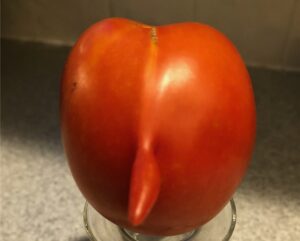
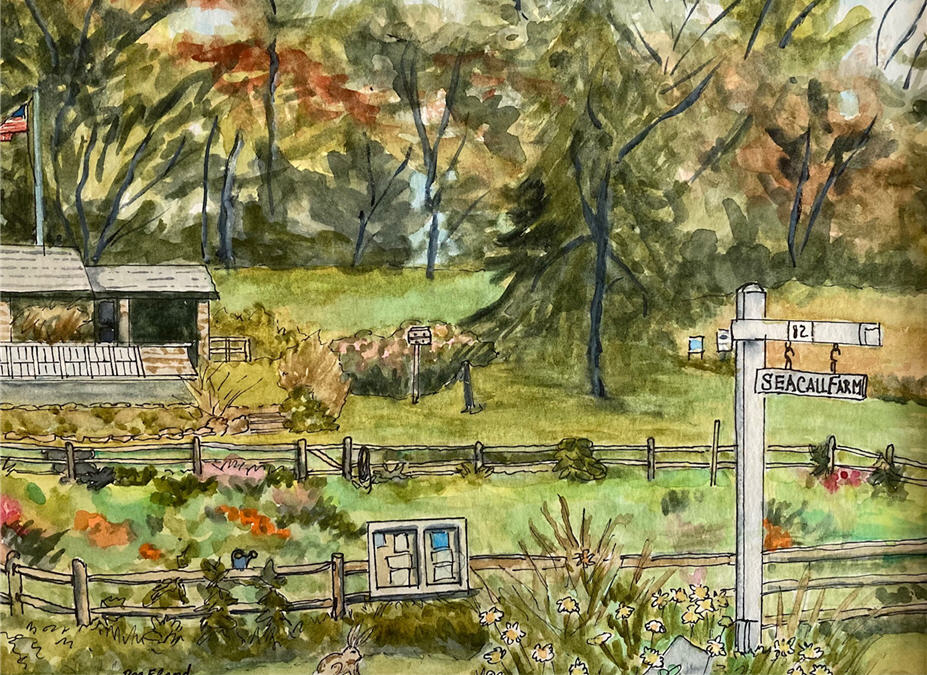
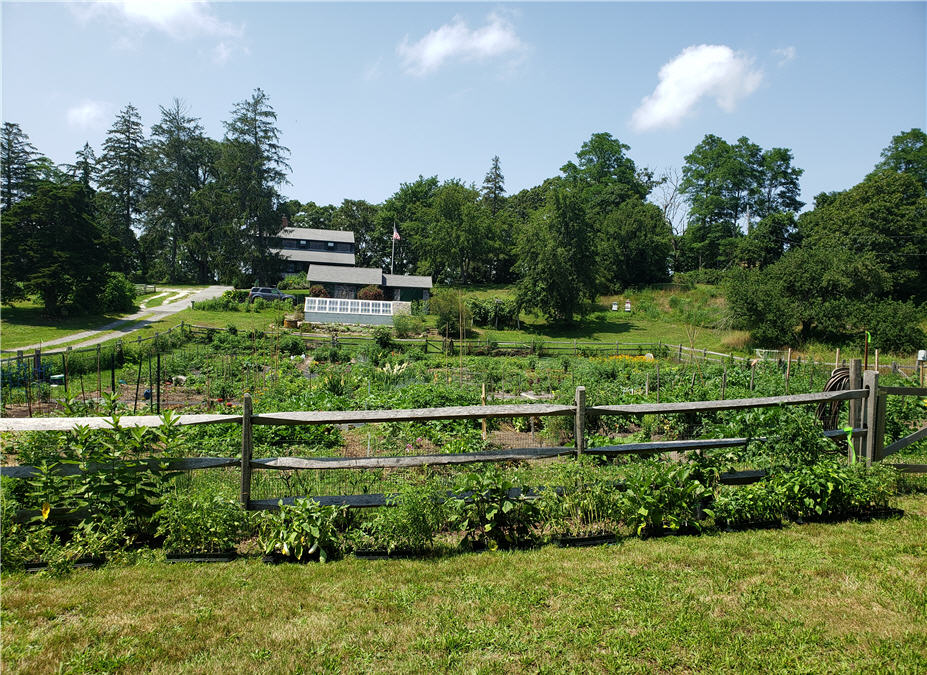
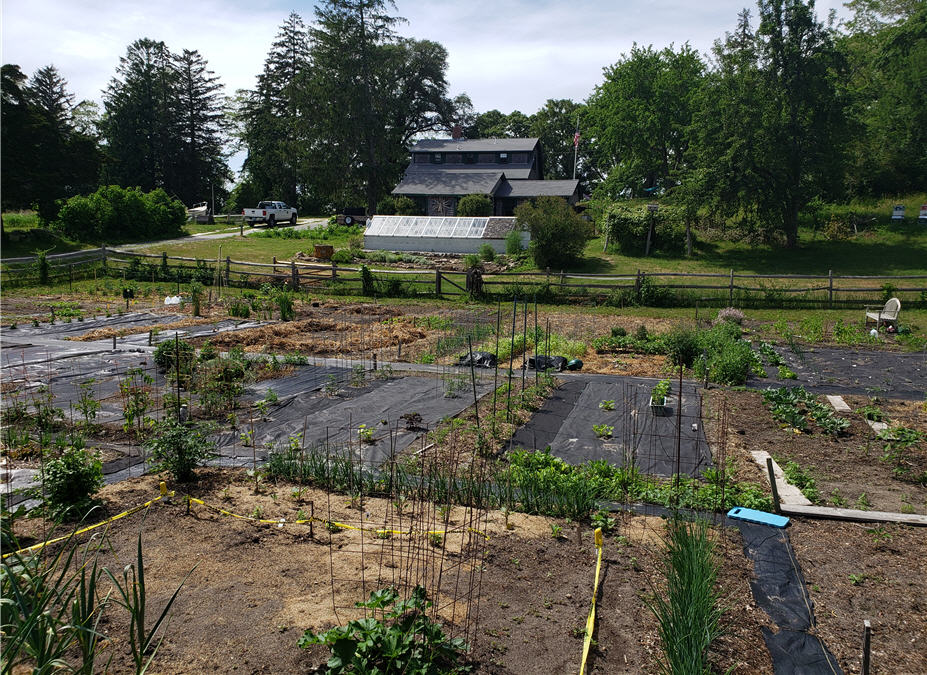
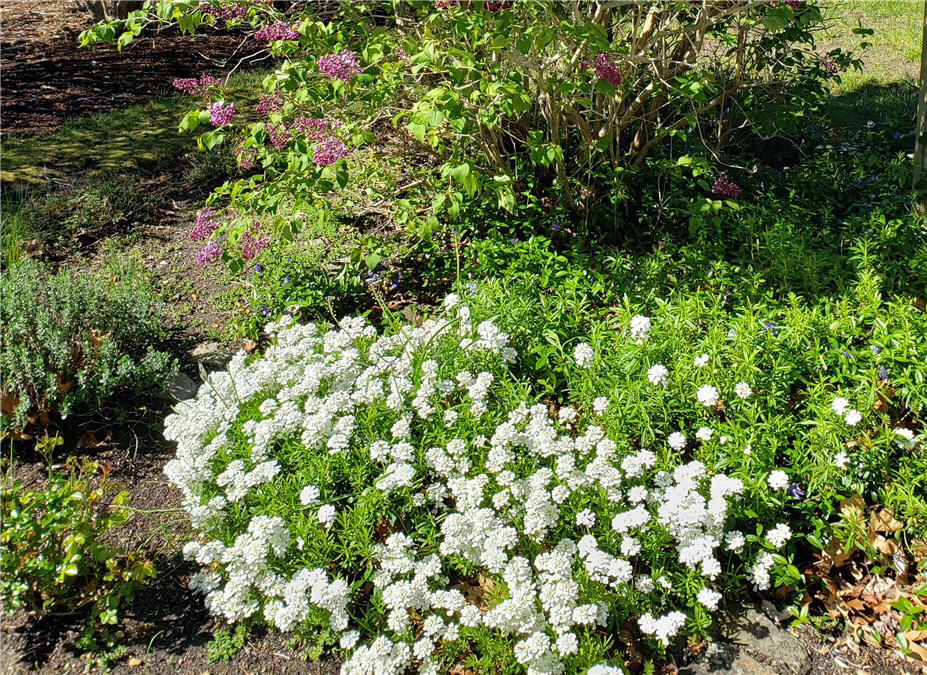
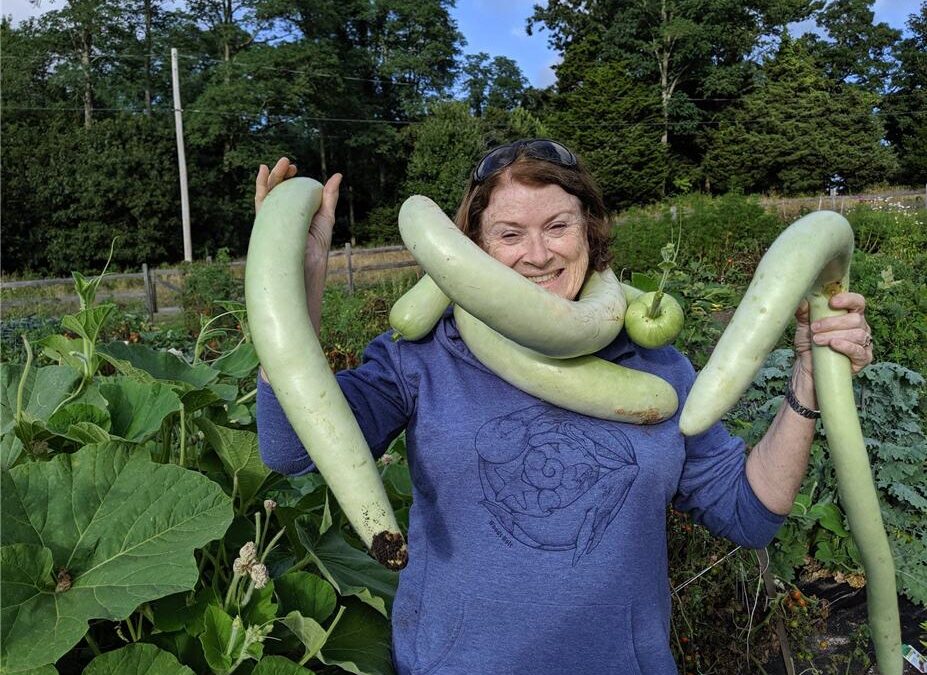
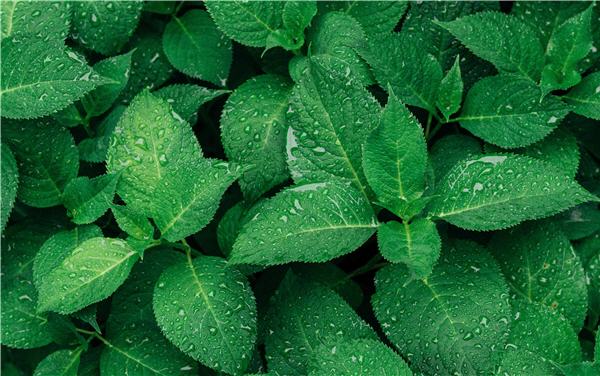
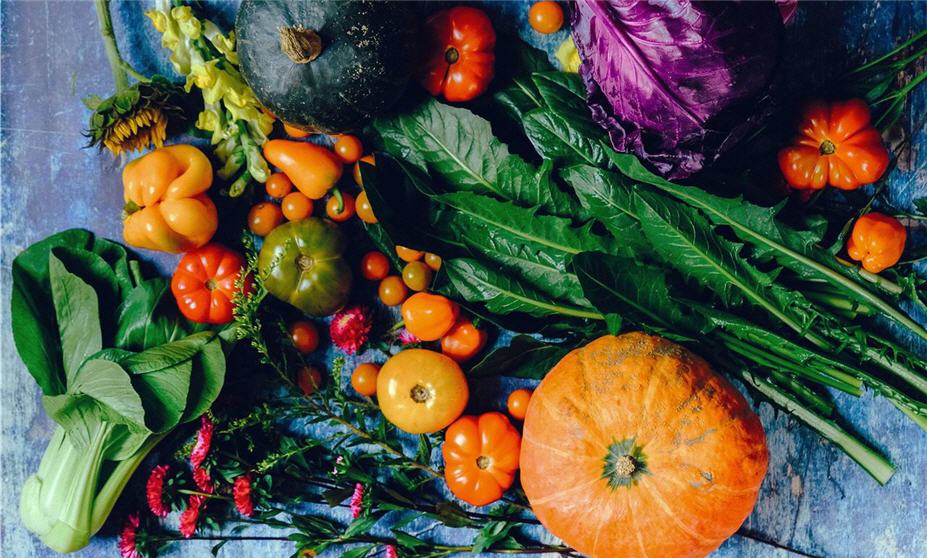
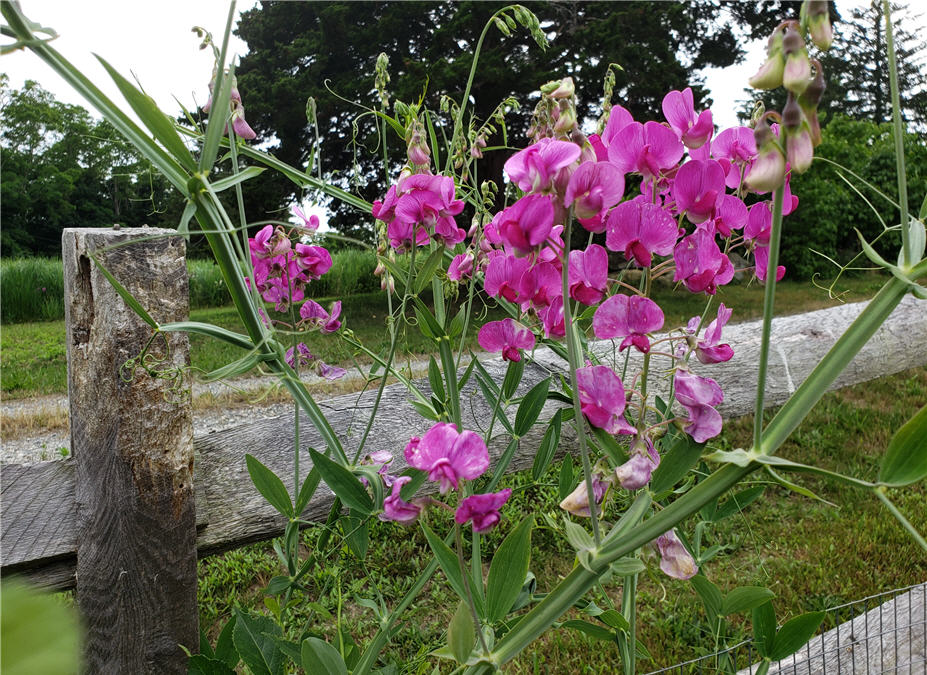
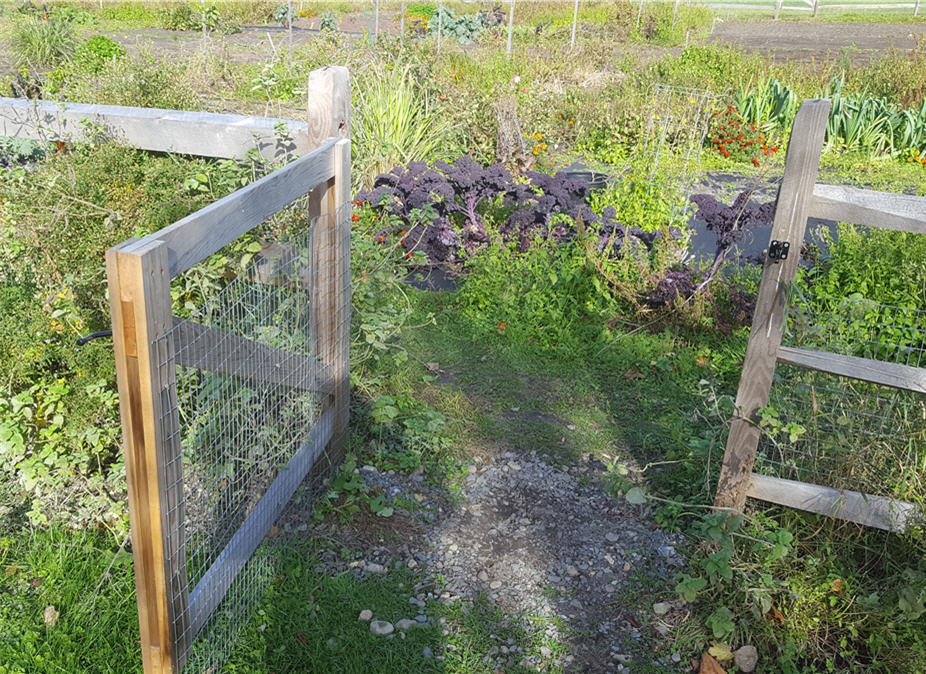
Recent Comments